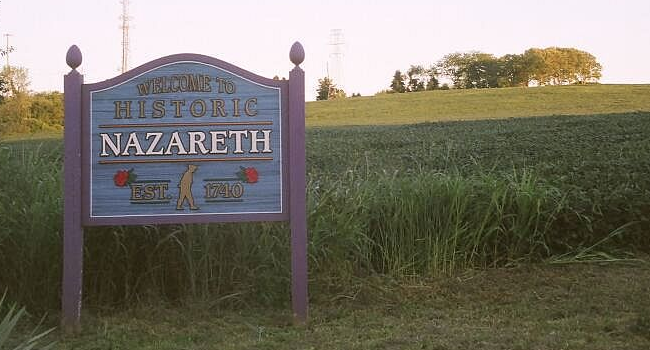
In this second column, Sgt. Frank Csencsitz, serving in Lt. Gen. George S. Patton’s Third Army, lands on Omaha Beach, Normandy, France, June 15, 1944.
The beach was secured June 6 – D-Day – after days of bloody combat, but the war in Europe was far from over. German forces would continue the war against the Allies. Much combat remained before the Nazi regime would surrender.
In this column, we are reading from the log and events of “B” Battery, Third Army, 5th Infantry Division, as logged by L.L. Capron Capt. C.A.C.
He writes, “June 15, first element of battery waded ashore. Bulk of battery ashore safely. No mishaps. Beaches full of residue of war.
“Battery receives initial mission defense of two bridges – El Viru Canal, dawn, June 16. Find bridges near canal in enemy hands, occupied positions, sniper fire, mortar fire throughout night, engage enemy, clear area.”
June 16: “Mission to deploy anti-tank mines north of Villiers, pinned down, not able to withdraw”
June 26: “Under heavy artillery fire, 100-600 yards distance, engaged FW190 (German aircraft). Cpl. Frank reports traces of 50 cal., shelled out of action, crew takes shelter, one within 35 yards!
“Each day, the Battery was under fire by artillery, machine guns and attack from the German Luftwaffe, especially two aircraft, the ME109 and Focke-Wulf 190. The ME109 was designed by Willy Messerschmitt, first appearing before the beginning of World War II in 1938.”
Germany was prohibited from building an Army, Navy or Air Force by the Treaty of Versailles at the end of World War I, but they ignored the treaty. The ME109 was the principal defender of Germany with a max speed of 40 mph, could reach a height of 35 miles.
Fortunately, England’s Spitfire and the U.S.A.’s P-51 would be able to counter the ME109.
“The combat continues: Shellburst at B-4. Private Kephart killed. Pvt. Slusarazyk, others wounded. Chaplain dispatched to spot engagement continues. Undergoing strafing, dive bombing (3 FW190s, 2 ME109s), engaged 40 minutes. ME109 hit, plane in flames, crashes, pilot leg broken”
In November, “Capt. Capon and first Sgt. Wegnor left base to hear a speech from Lt. Gen. Patton.”
A few days later, the unit moved in a convoy. It was suddenly stopped. Why the long delay, the men asked. The Germans attempted to infiltrate the convoy in U.S. Army uniforms. They spoke English and were difficult to detect.
Late in November, the Army moved to occupy Metz, which was called the impregnable city. Heavy fighting cleared the city and a number of Sgt. Csencsitz’s battalion were awarded the French Croix de Guerre in impressive ceremonies.
As the Army moved closer to Germany, officers were given German classes to help them adjust when we entered the country.
In two weeks, we will be in Luxembourg.








